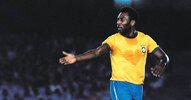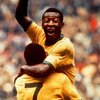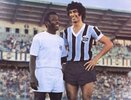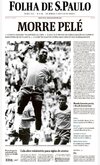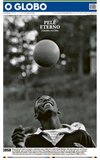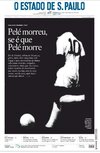Ford Fairlane
Moderator
- Feb 21, 2002
- 77,608
- 184,439
- AFL Club
- Port Adelaide
- Other Teams
- Port Adelaide Magpies
- Moderator
- #1
Pelé, Brazilian World Cup winner and football great, dies aged 82
The Brazilian legend died in the Albert Einstein hospital in São Paulo after entering the facility in November for cancer treatment.
Pelé, a three-time World Cup winner and arguably the greatest player of the 20th century, has died aged 82.
In November Pelé entered the Albert Einstein hospital in São Paulo for cancer treatment.
Medical reports state the soccer star died at 3:27am local time due to organ failure caused by colon cancer.
The GOAT.




